What's the Difference Between Apiary and a Hive?
In the world of honey production, there are two terms that are often used interchangeably: hive and apiary. Although both words refer to places where bees live, they have very distinct definitions. So what’s the difference between apiary and hive? Let's take a look!
Differences Between Apiary and Hive
Apiary is defined as a place/location in which beekeepers keep their honey bees. It is home to beehives rather than individual hives. A hive is traditionally thought of as one or more boxes and/or structures that house honeybees for them to produce honey, whereas an apiary is just full of these beehives with no specific designation among them. Therefore, if you want to find honey bees, you're going to want to search for an apiary. An apiary can have anywhere from 100-300 honey bee colonies, depending on how many beekeepers operate it.
However, since an apiary can contain many different types of beehives with different purposes (i.e., drones, queens), it may sometimes be clear whether you're looking at honey bees or some other type of honey- producing creature such as bumblebees. The best way to tell is by checking the contents of the honeycomb itself because only honeybees produce wax comb. You'll also see hexagonal honeycomb shapes, and honey will drip out when you open up the hive or box. If you don't see any sign of wax comb inside, then this means that something else made this colony instead.
Types of Hives ~
Langstroth Hive
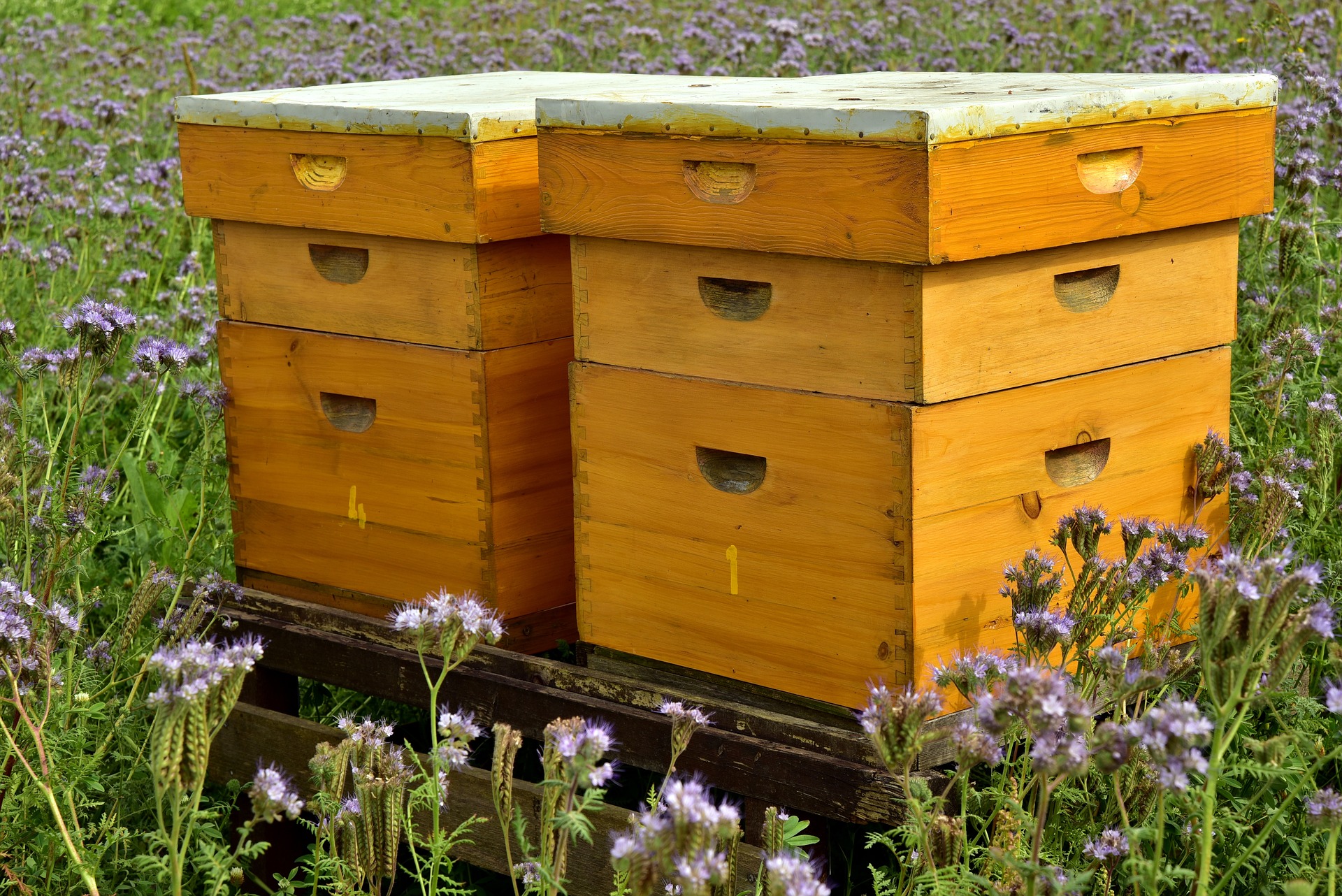
This hive has become the most popular form of honey bee management today. Its popularity stems from its ease of use and lack of required tools; it's a single-story structure with removable frames that hold honeycombs in place. The frames fit together snugly so that honeybees cannot move between the frames during transport - making it much easier for the beekeeper to handle without being stung by those honey- making creatures themselves.
Top Bar Hive
This type of honey bee management structure has recently gained popularity due to its main feature: there is no frame involved. The bees are free to build comb on top of empty bars instead, giving them much more freedom to do so as they please. It is a horizontal structure, with each level getting narrower as it goes up; bees have much less access to climb inside, but you can also lift off whole sections for inspection purposes.
Warré Hive
This is a vertical design that includes removable wooden frames. This means it can be either stacked vertically or horizontally, depending on what you need in your situation. What makes it unique, though, is its shape: it has more of an oval profile rather than being a traditional rectangular box. With less barriers to climb over, your honeybees are free to come and go as they please inside their own homes.
Choosing ans Apiary Location
Where you put your honey bee home will greatly influence whether or not it produces a good harvest. If you're trying to grow more than just honey, you should be looking for a natural environment that contains many nectar-producing plants. The ideal location is one that’s away from potential toxins - especially pesticides - and any predators of your honeybees. You also need to ensure there isn't much water or wind, as both of these elements can cause harm to your colony and their creations.
In short, the word apiary is typically used to refer to a collection of beehives, while the hive is more specifically used to refer to an individual hive that houses honeybees.
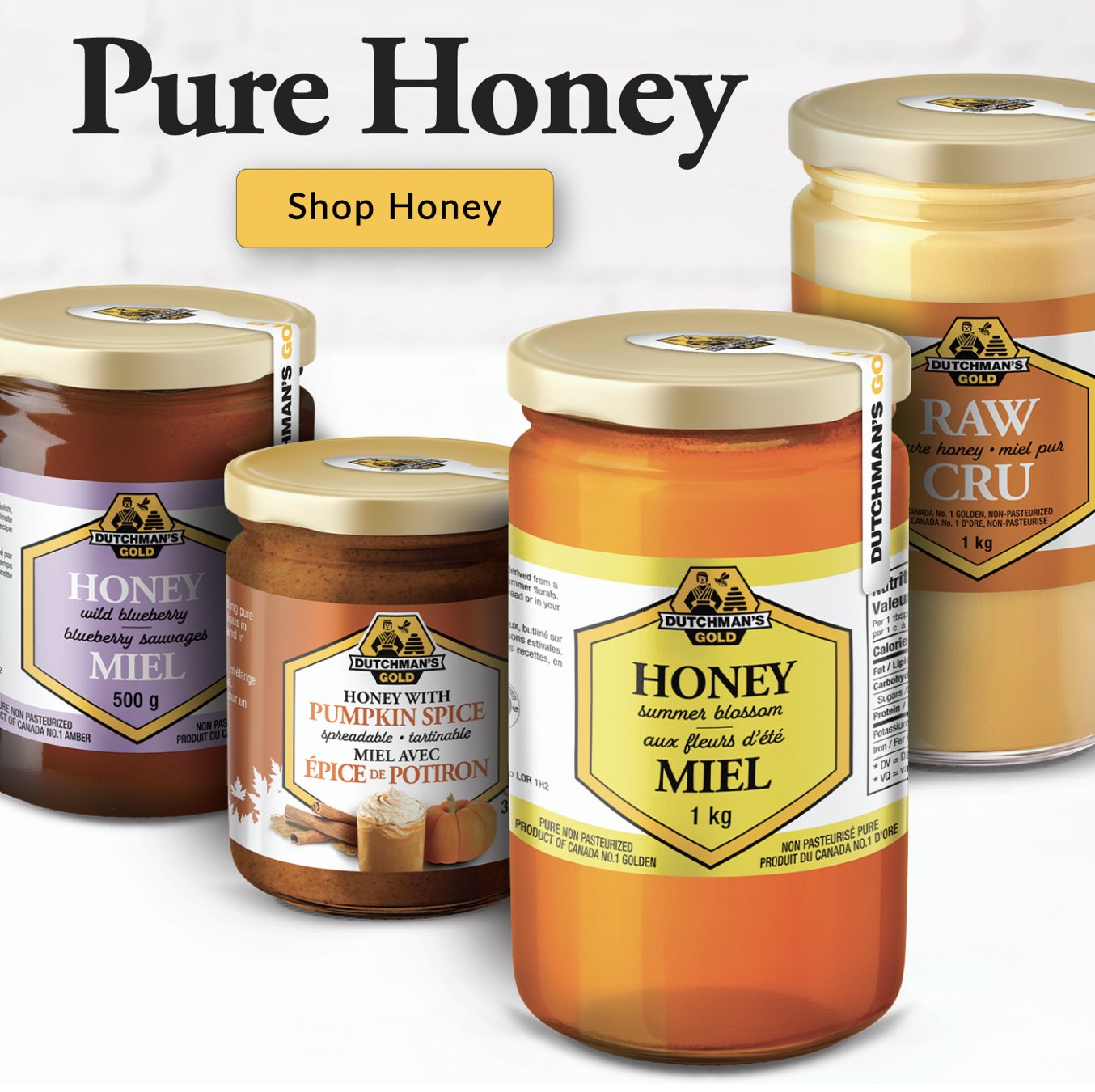



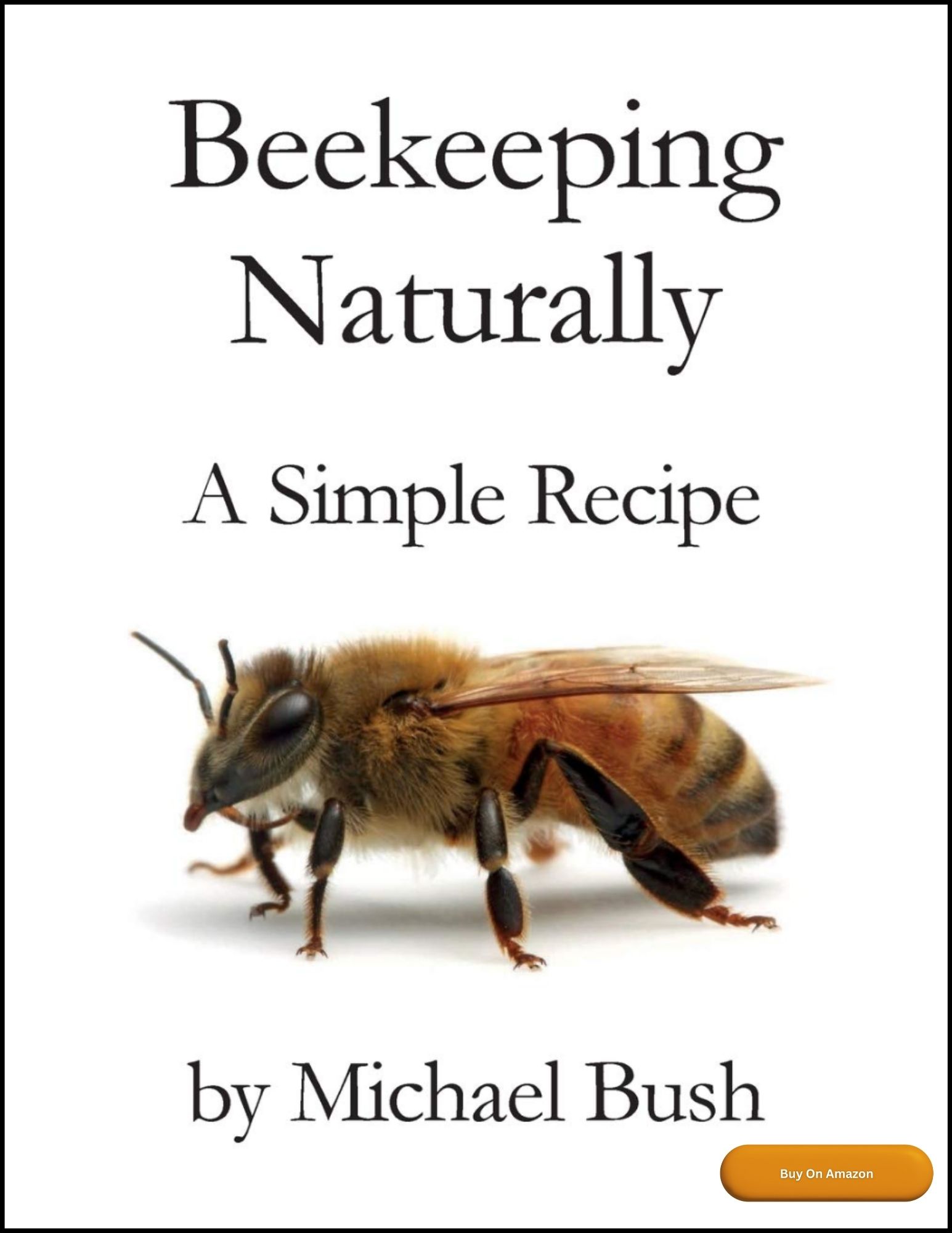
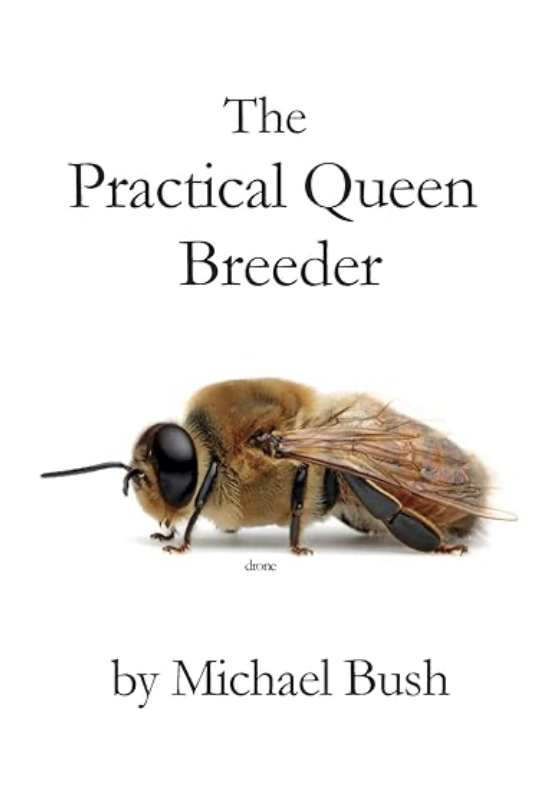
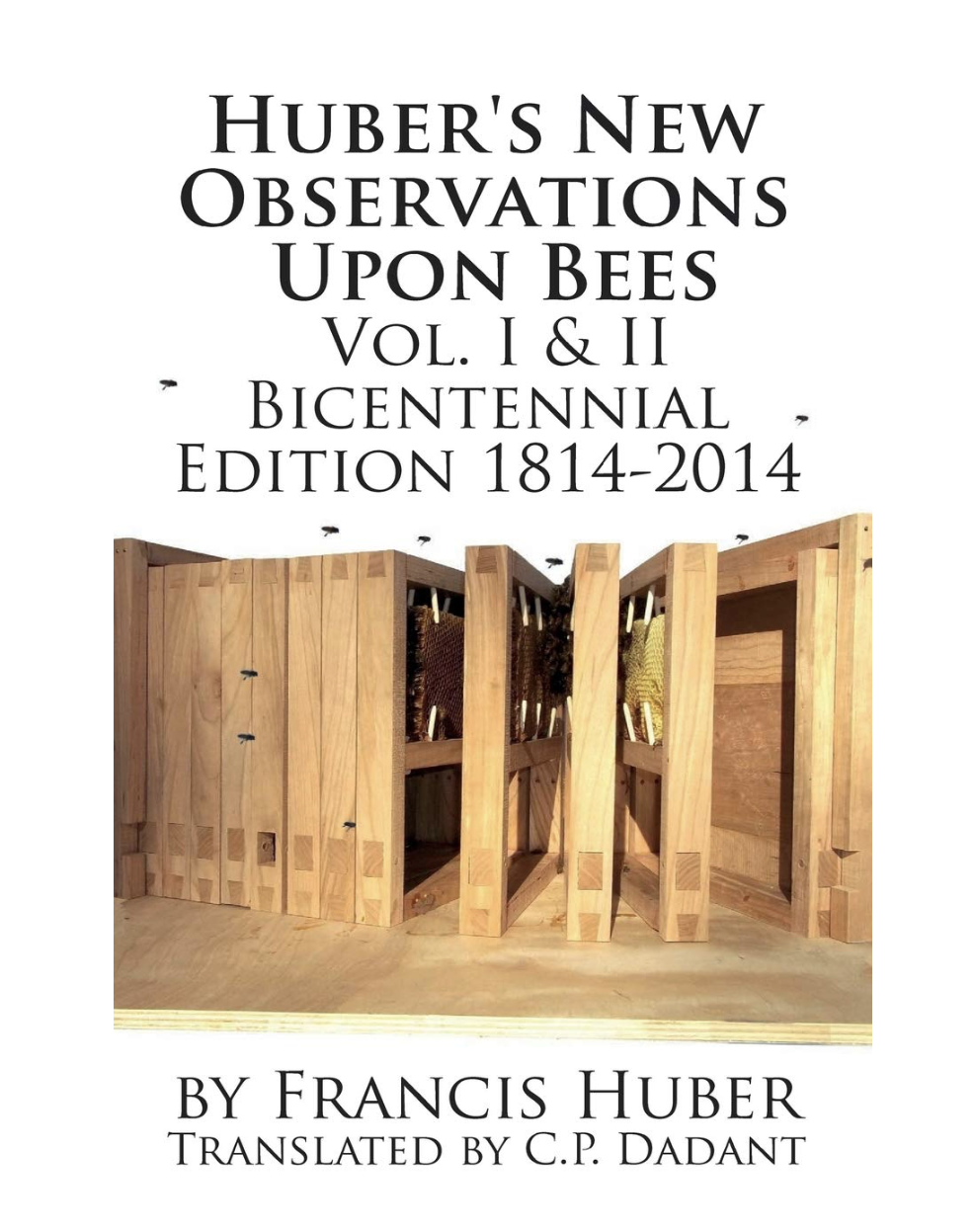
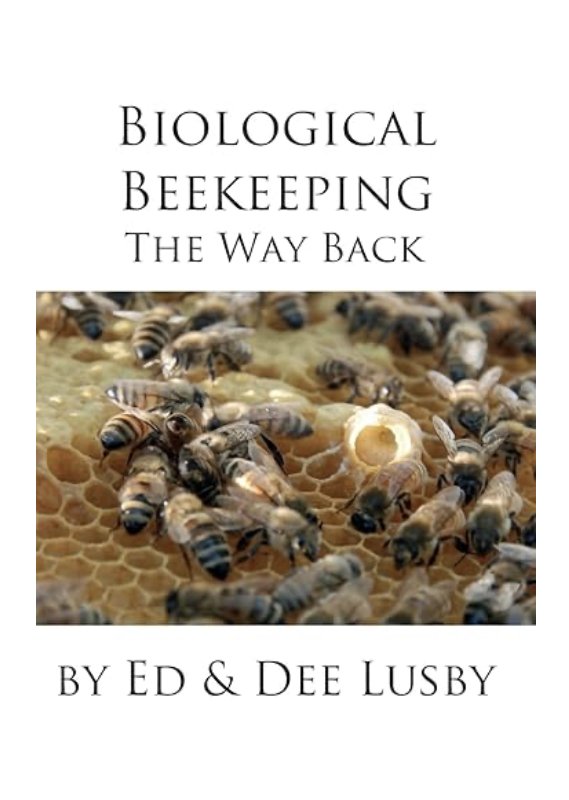

New! Comments
Have your say about what you just read! Leave me a comment in the box below.